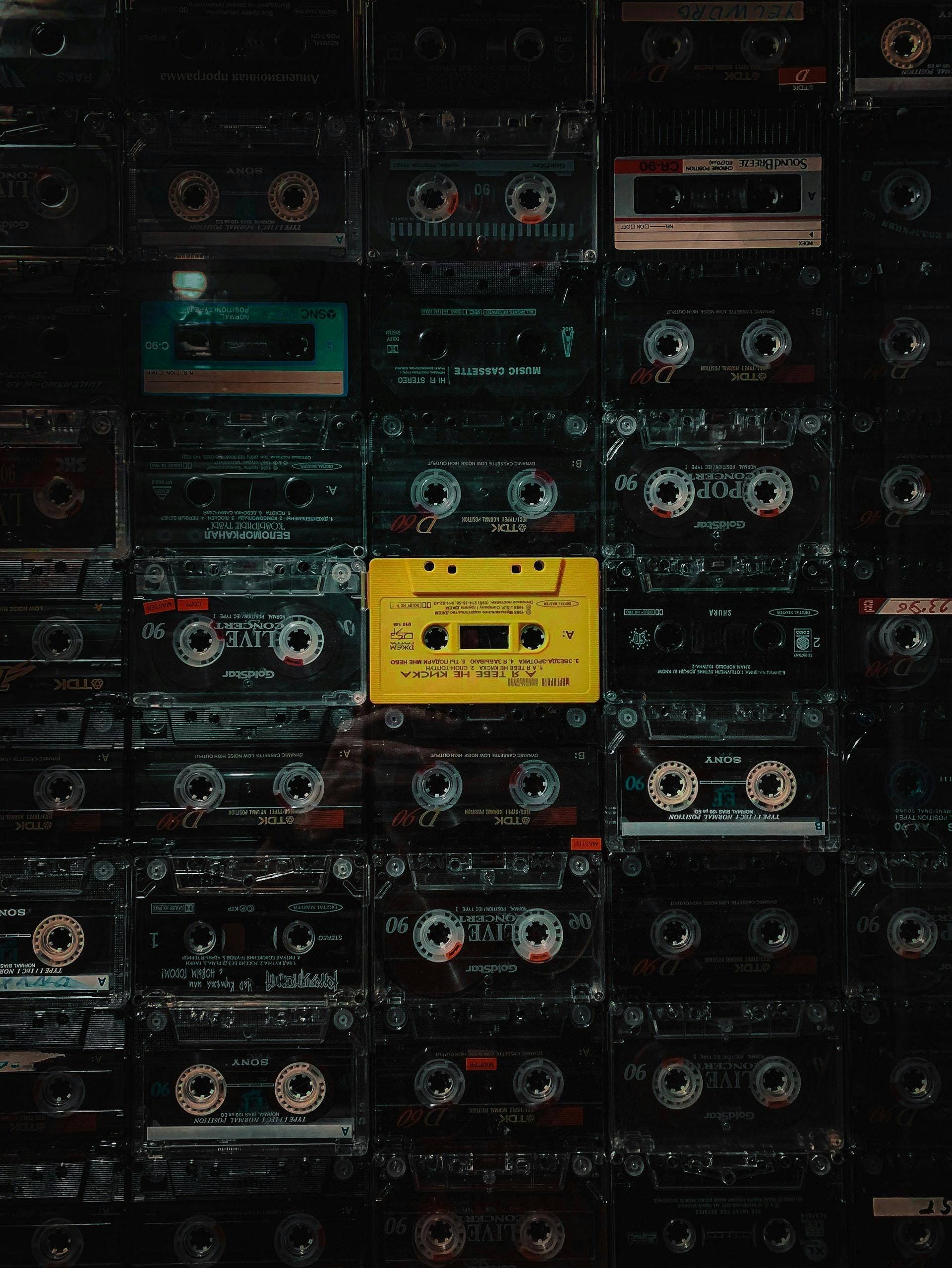In today’s music industry, most listening happens through digital platforms. But what exactly is a DSP—and why does it matter to artists, managers, and labels?
What does DSP mean in music?
In the music industry, DSP stands for Digital Service Provider. It refers to any platform that streams or sells music in digital formats—from Spotify and Apple Music to Amazon Music, YouTube Music, Deezer, and more.
DSPs are where most music is consumed today. Whether a fan is streaming a song, downloading an album, or discovering new artists via playlists, they’re doing it through a DSP. These platforms act as the digital storefronts of music, giving artists global visibility and generating essential data for royalties and career growth.
What does a DSP do?
Behind the scenes, DSPs are much more than music players. They’re essential infrastructure for modern music careers.
1. Deliver music to fans
DSPs make music accessible on-demand, globally. Whether through streaming or downloads, they allow users to instantly listen, save, or purchase songs across devices and territories.
2. Power discovery algorithms
DSPs use behavioral data and machine learning to surface songs through curated and algorithmic playlists. Features like Spotify’s Discover Weekly or Apple Music’s New Music Mix are built on these systems—making DSPs critical for music discovery.
3. Enable royalties and analytics
Every stream or download is tracked. DSPs log usage, match it to metadata (using codes like ISRCs), and trigger royalty payments. Many also offer analytics dashboards that give artists insight into their audience, geography, and trends.
Want to track your catalog?
Soundcharts lets you monitor your song and artist performance across multiple DSPs in real time—along with airplay, social metrics, and charts—so you can turn raw data into strategic decisions.
Examples of DSPs
Popular DSPs in the U.S. and globally include:
- Spotify – dominant in streaming, known for its playlist ecosystem
- Apple Music – high-quality streaming with strong editorial curation
- YouTube Music – blends official releases with UGC content
- Amazon Music – integrated with Prime and Alexa ecosystems
- Tidal – hi-fi sound and artist-first positioning
- Deezer, Pandora, Qobuz, Napster – each with niche audiences
Other platforms like TikTok, SoundCloud, and Instagram are often considered UGC (User-Generated Content) platforms, but they serve similar discovery and distribution functions.
How to get music on DSPs
Artists can upload music to DSPs through:
- Distributors (DistroKid, TuneCore, CD Baby): pay per release or subscription
- Label or aggregator partnerships (The Orchard, Believe, FUGA)
- Direct deals (rare, usually reserved for major labels)
Uploading music means also uploading accurate metadata (title, artist name, ISRC, artwork, etc.). Poor metadata can lead to payment issues or discoverability problems.
DSP vs. music distributor
A distributor is not a DSP—but works closely with them.
Distributors like DistroKid, CD Baby, or TuneCore help artists and labels get their music onto DSPs. They handle the delivery of audio files, metadata, artwork, and codes (like ISRC and UPC), ensuring the content appears correctly on each platform.
Think of it this way:
- The distributor is the delivery truck.
- The DSP is the storefront.
DSP vs. audio DSP: What’s the difference?
In audio production, DSP can also mean Digital Signal Processing—the technology behind plugins, effects, and sound manipulation in DAWs or live sound. It’s a different concept from Digital Service Providers, though the acronym is the same.
For clarity:
- DSP (music streaming) = Spotify, Apple Music, etc.
- DSP (audio tech) = EQs, reverbs, compression, VST plugins



